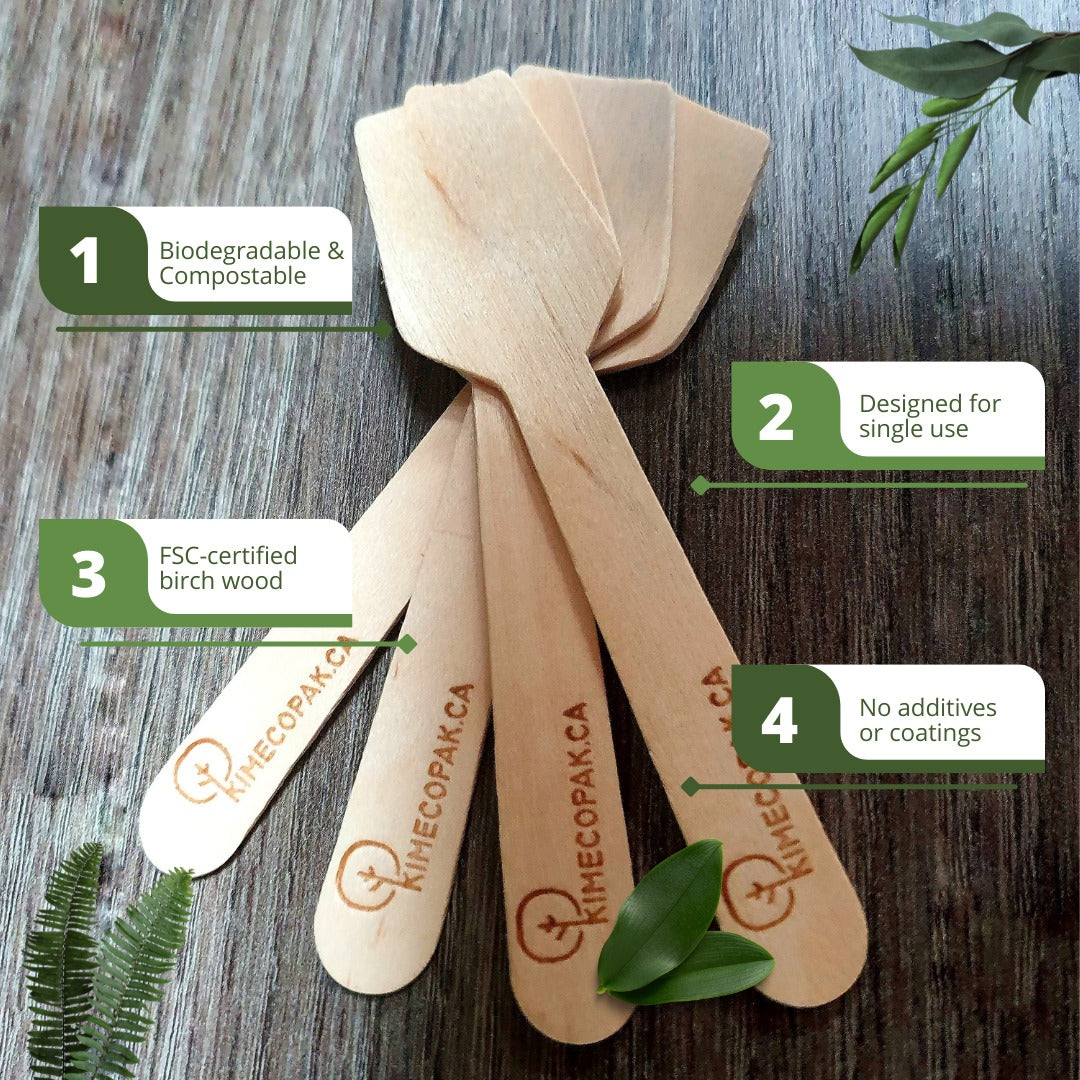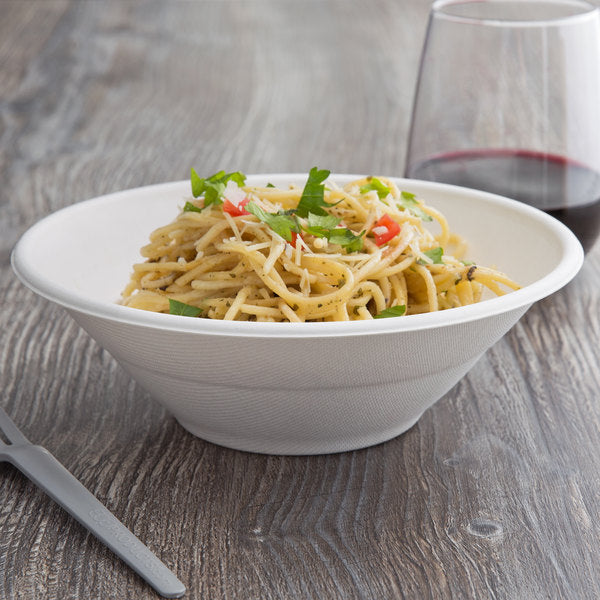Burgers are a familiar dish, not only popular at outdoor parties but also often appear on daily menus. However, to create a perfect burger with a crispy outer shell, evenly cooked inside and retained moisture, controlling the cooking temperature is a key factor. Temperature not only affects the flavor, but also ensures food safety, helping to avoid potential risks from bacteria. Let's learn more about the ideal burger temperature.
Why is Internal Temperature of Burgers Important?
Temperature plays an important role in cooking burgers, as it determines the doneness and flavor of the dish. A burger cooked at the right temperature will have a crispy golden outer shell, the inside is cooked just right, not dry and there are no signs of raw meat. More importantly, the right cooking temperature also helps to kill harmful bacteria, ensuring the health of the eater.

What Temperature to Cook Burgers? Burger Temperature Chart
Blue Rare Burger Temperature
|
Temperature |
115-120 degrees Fahrenheit |
|
Cook Time |
Under 4 minutes |
|
Appearance |
Completely red center |
|
Texture |
Soft and tender |
Rare Burger Temperature
|
Temperature |
120-125 degrees Fahrenheit |
|
Cook Time |
4 minutes |
|
Appearance |
Mostly red center |
|
Texture |
Soft and juicy |
Medium Rare Burger Temperature
|
Temperature |
130-135 degrees Fahrenheit |
|
Cook Time |
5 minutes |
|
Appearance |
Slightly red center |
|
Texture |
Slightly firm |

Medium Burger Temperature
|
Temperature |
140-145 degrees Fahrenheit |
|
Cook Time |
6-7 minutes |
|
Appearance |
Light-pink center |
|
Texture |
Firm and springy |
Medium Well Burger Temperature
|
Medium Well Burger Temperature |
150-155 degrees Fahrenheit |
|
Medium Well Cook Time |
7-8 minutes |
|
Medium Well Appearance |
Slightly pink in the center |
|
Medium Well Texture |
Mostly firm |
Well Done Burger Temp
|
Well Done Burger Temperature |
Over 160 degrees Fahrenheit |
|
Well Done Burger Time |
8-9 minutes |
|
Well Done Burger Appearance |
Completely browned center |
|
Well Done Burger Texture |
Very firm |
How To Check Burger Internal Temperature
To ensure your burgers are cooked to perfection, it's crucial to monitor their internal temperature. Here are a few methods to check the temperature accurately:
- Instant-Read Thermometer: Insert an instant-read thermometer into the thickest part of the burger patty, avoiding contact with bones or the cooking surface.
- Thermocouple Thermometer: This specialized thermometer provides a quick and precise reading by piercing the patty with a thin probe.
- Digital Probe Thermometer: Ideal for grill cooking, the digital probe thermometer allows you to monitor the temperature continuously without needing to open the grill.
Guide to Determining the Standard Burger Temperature
Safe Temperatures According to USDA
USDA (United States Department of Agriculture) has made recommendations for safe temperatures to cook burgers:
- Beef: 160°F (71°C) - 165°F (74°C) to ensure safety and ideal doneness.
- Chicken: 165°F (74°C) is the minimum temperature to kill harmful bacteria.
- Pork: 160°F (71°C) is the ideal temperature to preserve flavor and ensure safety.
Using a Food Thermometer
A food thermometer is the most accurate tool to check the internal temperature of a burger. To use, insert the thermometer probe into the center of the burger. Make sure the thermometer does not touch the bottom of the pan or grill to avoid errors. When the temperature reaches the safe level recommended by the USDA, your burger is ready to eat.
Tips From Professional Chefs
- Keep Moist: To keep the burger moist, you can add a piece of butter or cheese to the center of the burger while cooking. This helps the burger not dry out.
- Resting the Meat: After cooking, let the burger rest for a few minutes before serving. Resting time helps the juices in the meat redistribute, creating even moisture.

Factors Affecting Burger Cooking Temperature
Type of Meat
Each type of meat has different cooking temperature requirements:
- Beef: To achieve safe doneness and retain its characteristic flavor, beef is typically cooked at temperatures between 160°F (71°C) and 165°F (74°C).
- Chicken: Due to the higher risk of Salmonella contamination, chicken should be cooked to a minimum temperature of 165°F (74°C).
- Pork: Similar to beef, pork also requires a temperature of around 160°F (71°C) to ensure safety.
Burger Thickness
The thickness of the burger directly affects the cooking time and temperature. Thick burgers require longer cooking times and lower temperatures to ensure even cooking from the inside out without burning the outside. Conversely, thin burgers can be cooked faster at higher temperatures to achieve a crispy crust without drying out.
Cooking Methods
Different cooking methods also require different temperatures:
- Grilling: Grilling burgers on a gas or charcoal grill often requires high heat to create a crispy outer crust, while the inside remains moist.
- Pan-frying: Pan-frying burgers requires good control of pan temperature, avoiding the pan being too hot and burning the outer crust while the inside is not cooked yet.
- Oven-grilling: Oven-grilling helps control the temperature steadily, ensuring that the burger is cooked evenly from the inside out without having to flip it too many times.
How to Adjust the Temperature for Different Cooking Methods
Gas/Charcoal Grilling
Fire Temperature Management: When grilling burgers, maintain a medium-high heat to achieve a crispy exterior while still cooking the interior evenly. For charcoal grills, you should create two heat zones: a high heat zone to quickly sear the crust, and a low heat zone to complete the cooking process without burning the burger.
Grilling Time: Grilling time depends on the thickness and type of meat, but typically 4-6 minutes per side for a beef burger that is about 1 inch thick.
Pan Frying
Pan Selection: Use a cast iron or nonstick skillet to ensure a consistent temperature and create a crispy crust for the burger.
Temperature Control: Set the pan over medium heat to avoid burning. If you see the oil starting to smoke, reduce the heat or turn off the heat for a while to cool it down.
Frying Time: Thick burgers should be fried for 3-5 minutes per side. When frying, you can cover the pan to help the burger cook more evenly.
Oven Grilling
Temperature Control: Oven grilling provides better temperature control and is suitable for thick burgers or burgers with lots of meat. Grilling at 375°F (190°C) is ideal for slow cooking while still retaining the moisture in the meat.
Benefits: Oven grilling not only helps the burger cook evenly but also makes it easier to control the temperature without having to flip it too many times, reducing the risk of breaking the burger.
Common Burger Cooking Mistakes and How to Fix Them
Burger Is Burnt on the Outside but Raw on the Inside
- Cause: Too high a temperature causes the outside to burn quickly while the inside is not cooked.
- Remedy: Reduce the temperature and extend the cooking time, or use a dual-heat cooking method when grilling on a charcoal grill.
- Burger Is Dry and Flavorless
- Cause: Overcooking or using meat with too little fat.
- Remedy: Use ground beef with 15-20% fat and add a little butter or cheese in the middle of the burger to retain moisture.
Not Reaching a Safe Temperature
Danger: Burgers that do not reach a safe temperature pose a risk of bacterial contamination, causing food poisoning.
Remedy: Always use a food thermometer to check the internal temperature of the burger before eating. If the temperature is not reached, continue cooking at a low temperature.
Burger Temp FAQs
How Long Can a Cooked Burger Sit Out?
Once your burgers are cooked, it's important to keep food safety in mind. Cooked burgers should not be left at room temperature for more than 2 hours. If the ambient temperature is above 90°F (32°C), the time should be reduced to 1 hour. After this period, it is recommended to refrigerate or freeze the leftovers promptly.
How Long to Let Burgers Rest?
Resting your burgers after cooking allows the juices to redistribute, resulting in a more flavorful and tender bite. For optimal results, let your burgers rest for about 5 minutes before serving. During this time, cover them loosely with foil to retain heat.
Should Burgers Be Room Temp Before Grilling?
There is no need to bring burgers to room temperature before grilling. In fact, it is generally recommended to cook burgers directly from the refrigerator. This helps maintain their shape and prevents potential bacterial growth. As long as the internal temperature reaches the desired doneness, starting with chilled patties is perfectly fine.
How Long Should You Grill Your Burgers For?
Grilling time depends on various factors, including patty thickness, grill temperature, and desired doneness. Here are some general guidelines:
- Blue Rare - Under 4 minutes (115-120 degrees Fahrenheit)
- Rare - 4 minutes (120-125 degrees Fahrenheit)
- Medium-Rare - 5 minutes (130-135 degrees Fahrenheit)
- Medium - 6 to 7 minutes (140-145 degrees Fahrenheit)
- Medium-Well - 7 to 8 minutes (150-155 degrees Fahrenheit)
- Well-Done - 8 to 9 minutes (Over 160 degrees Fahrenheit)
Conclusion
Cooking burgers at the right temperature not only determines doneness and flavor but also ensures food safety. Whether you grill, fry, or bake, understanding and controlling temperature is crucial to the success of your burger. Use this knowledge to improve your cooking skills and create the perfect burger that is both delicious and safe for your health.
Related Articles







